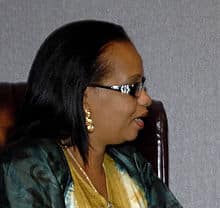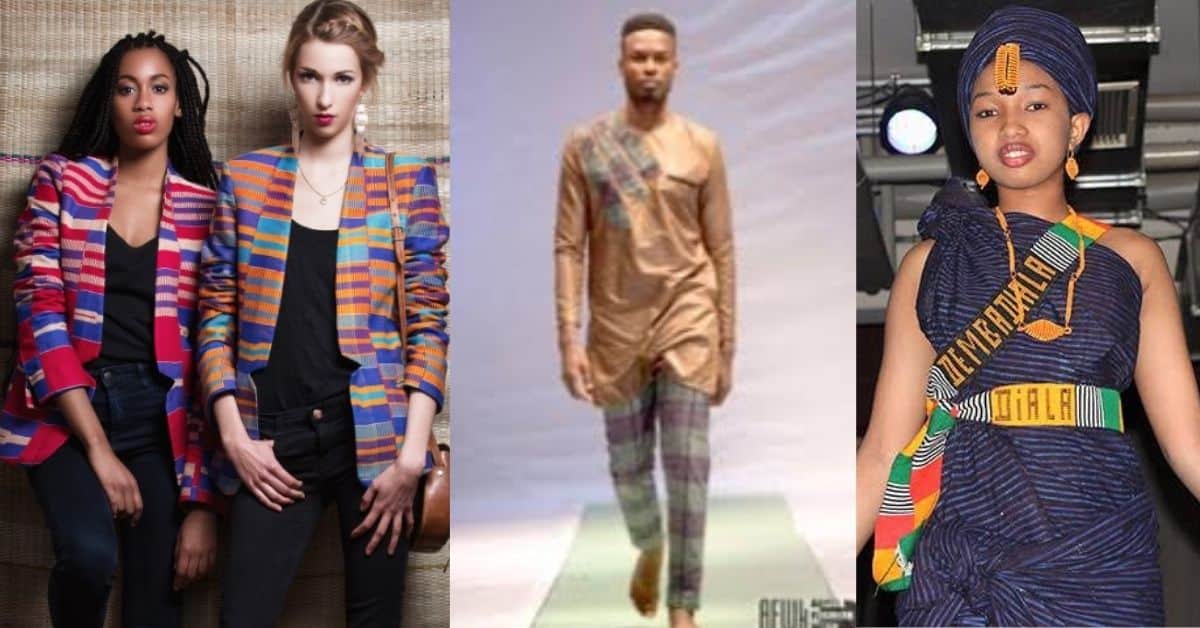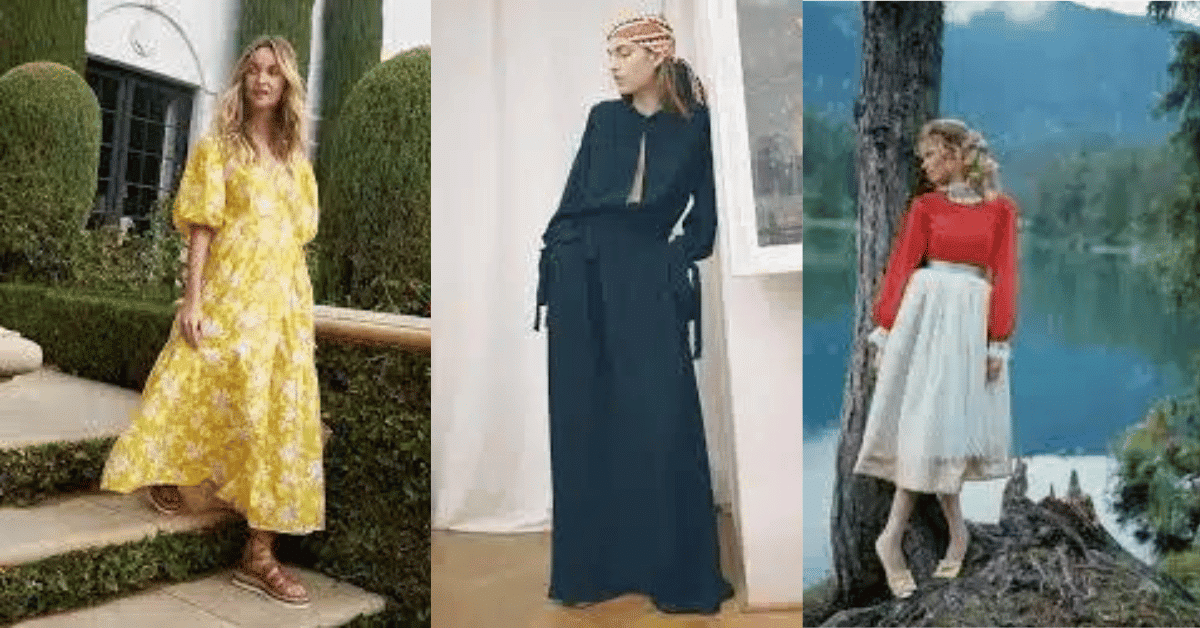Guinea-Bissau, formally the Republic of Guinea-Bissau, is a West African country with a population of 1,726,000 people, is made of 30% Balanta, 20% Fula, 14% Manjack, 13% Mandinka and 7% Papel. The European and Mulatto population is less than 1% and there is a small Chinese population and a land area of 36,125 square kilometers (13,948 square miles). To the north, Guinea-Bissau has a border with Senegal, while to the south, it shares a border with Guinea.
Guinea-Bissau was originally a component of the Mali Empire as well as the kingdom of Kaabu. Parts of this kingdom lasted until the 18th century, while the Portuguese Empire ruled over a few parts since the 16th century. It was colonized as Portuguese Guinea in the nineteenth century.
Only approximately 2% of the population speaks Portuguese as a first language, whereas another 33% speak it as a second language. In Guinea-Bissau, the national language which also the language of unity is Creole, a Portuguese-based creole. According to a 2012 research, Creole is spoken as a first language by 54% of the population and as a second language by roughly 40%. The rest of the group speaks a variety of African languages. Guinea-Bissau is home to a wide range of religious traditions. Islam and Christianity are the two most widely practiced religions in the country. The country’s gross domestic output per capita is among the lowest in the world.
TRENDING FASHION IN GUINEA-BISSAU
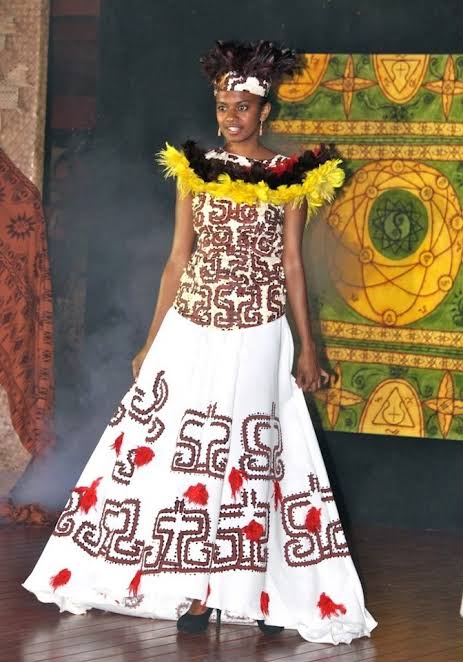


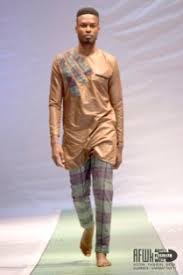
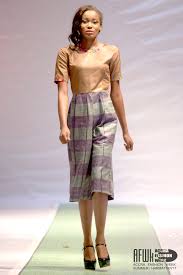
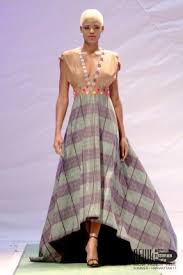

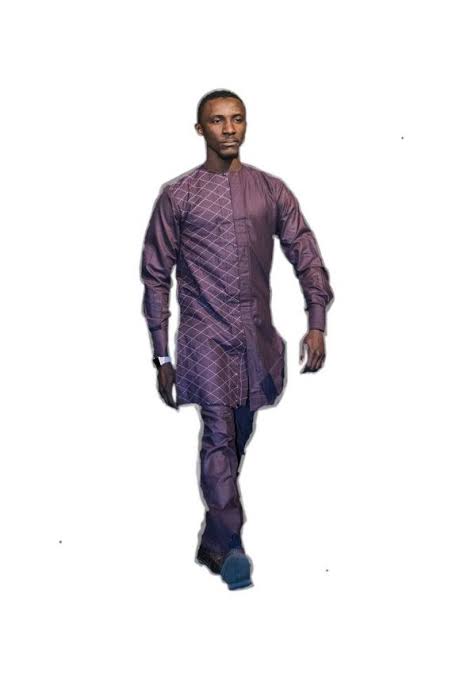
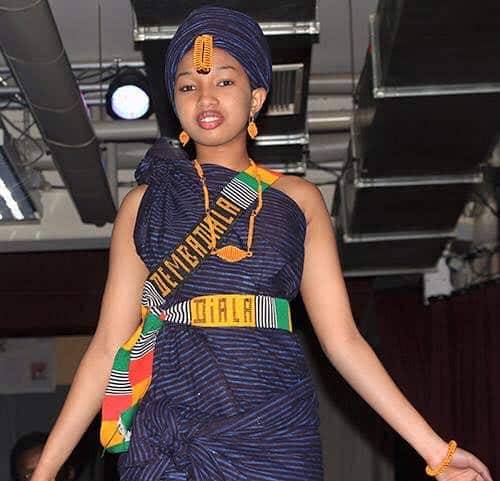
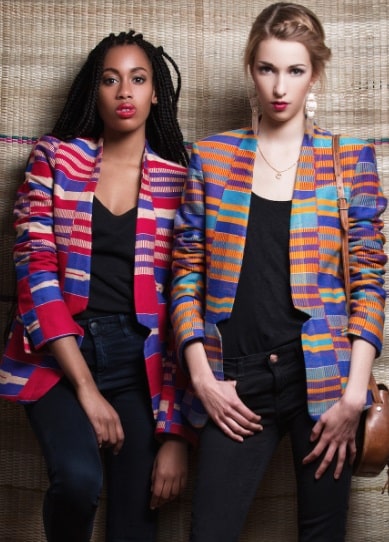
ACCESSORIES IN GUINEA-BISSAU
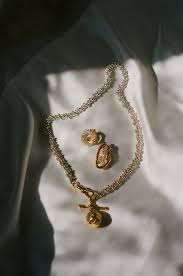
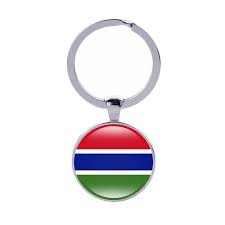
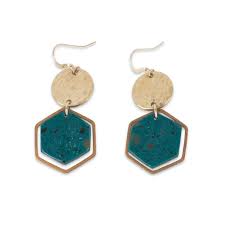
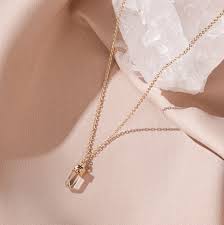
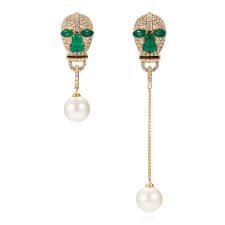
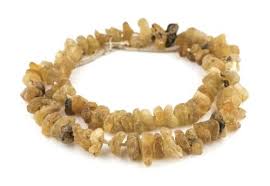
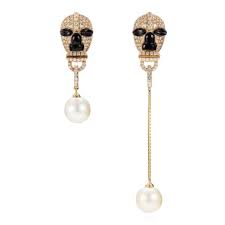
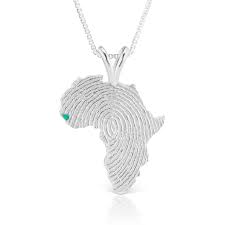
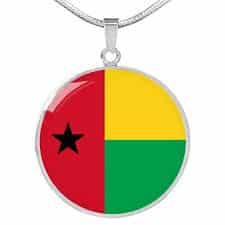
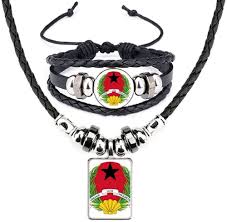
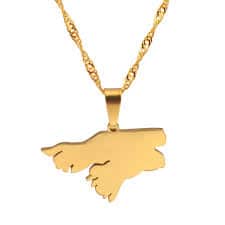

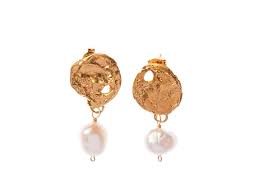
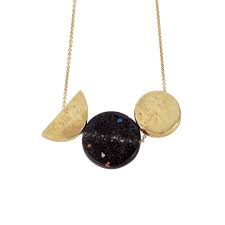
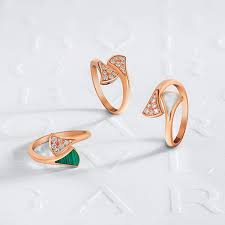

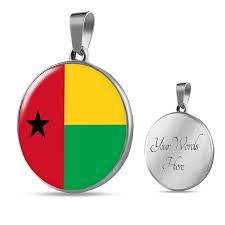
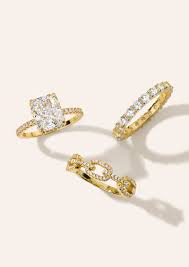
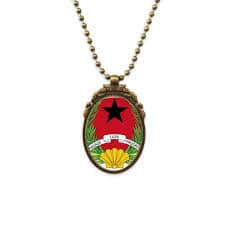
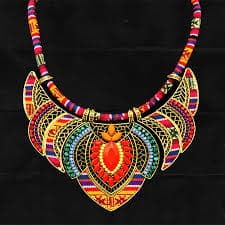
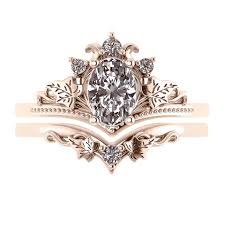
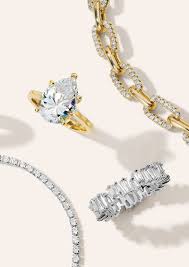
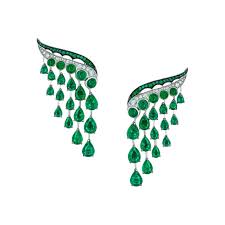
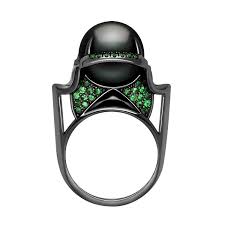
TRIBES IN GUINEA-BISSAU AND THEIR FASHION
The Fula
They are semi-nomadic farmers that cultivate both crops and livestock. Their herds use the high plateaus as part-time pastures. Though their communities are headquartered in Guinea, they also live in Liberia, Sierra Leone, Guinea-Bissau, and Mali in West Africa.

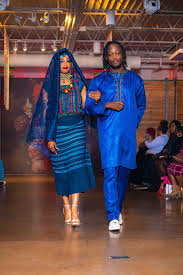
The Balanta
The Balanta are a group of people who live in Guinea-Bissau, Guinea, Senegal, and Gambia. They make up Guinea-Bissau’s largest ethnic group, accounting for more than a quarter of the country’s population. Because of their social organization, they have remained outside the colonial and post-war states despite their numbers. Nhacra, Ganja (Mane), Naga, Patch, Sofa, and Kentohe are the six clans of the Balanta. The Balanta Kentohe is the largest of these.
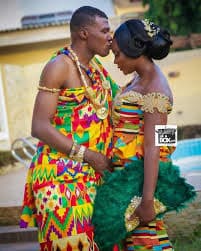
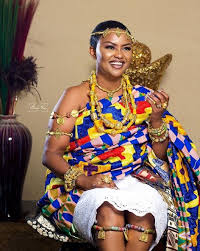
The Mandinka
The Mandinka, also known as the Malinke, are a West African ethnic group who live mostly in southern Mali, Gambia, and eastern Guinea. They are the largest subgroup of the Mandé peoples and one of Africa’s largest ethnic-linguistic groups, with a population of around 11 million. They speak the Manding languages, which are part of the Mande language family and are widely spoken throughout West Africa. Mandinka Muslims account for over 99 percent of the population. They are mostly subsistence farmers who reside in rural communities.

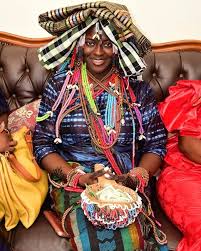
TOURIST AND HISTORICAL PLACES IN GUINEA-BISSAU
Farim – The area is attractive, albeit rustic, with a hodgepodge of tin-roofed cottages and traditional yurt-style hamlets rising from the green, green banks of the Cacheu River.
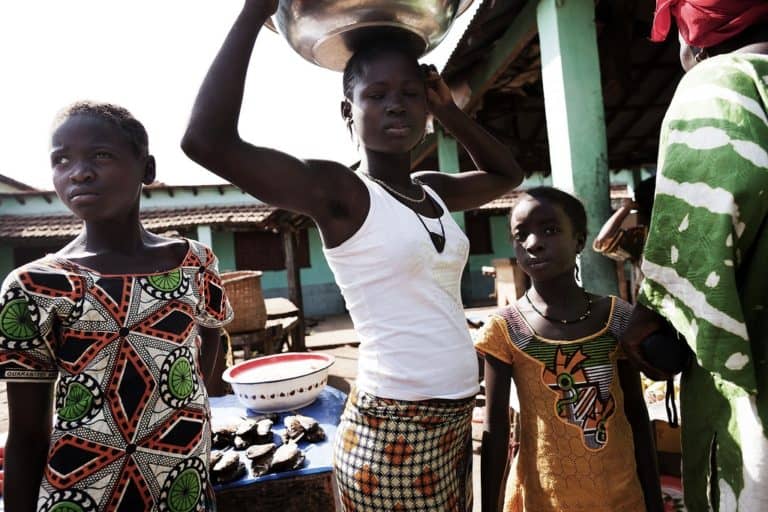
Dulombi-Boe National Park – Winding river channels and pockets of riparian woodland abound, as do boundless swaths of grassy savannah land that sway in the West African breezes and the Corubal’s bending courses as it runs from the inland hills to the Atlantic in the west.
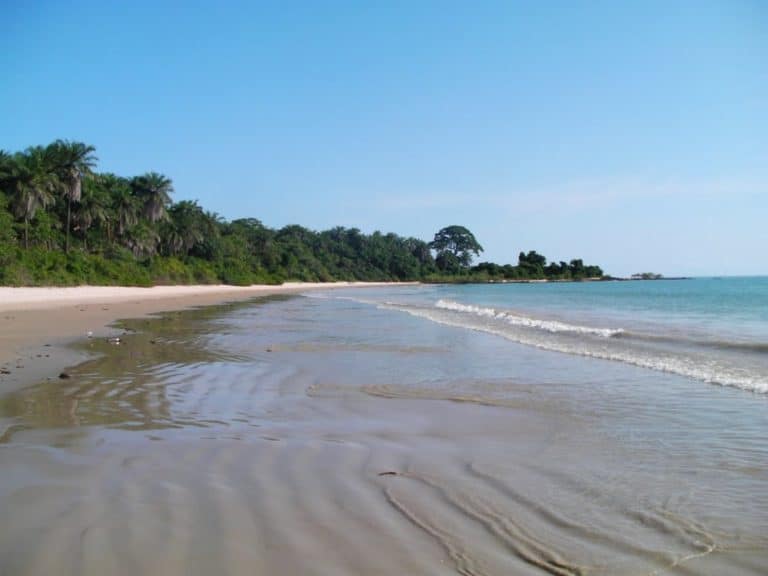
Cacheu – For hundreds of years, Cacheu has sat on the meandering courses of the same-named river. There’s also an enthralling local craft market to visit, as well as panoramic views of mangrove wetlands.
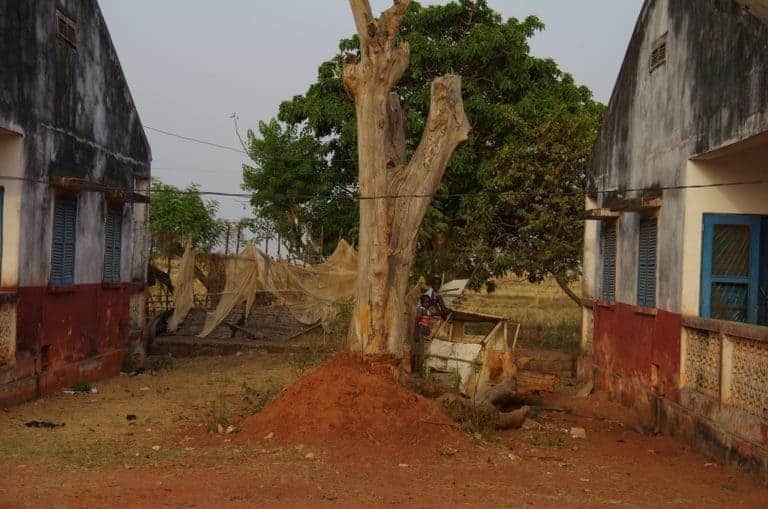
Bubaque Island – Thanks to the existence of Bubaque airport and the archipelago’s major town, also known as Bubaque, this is the entryway to the broader Bissagos Islands.
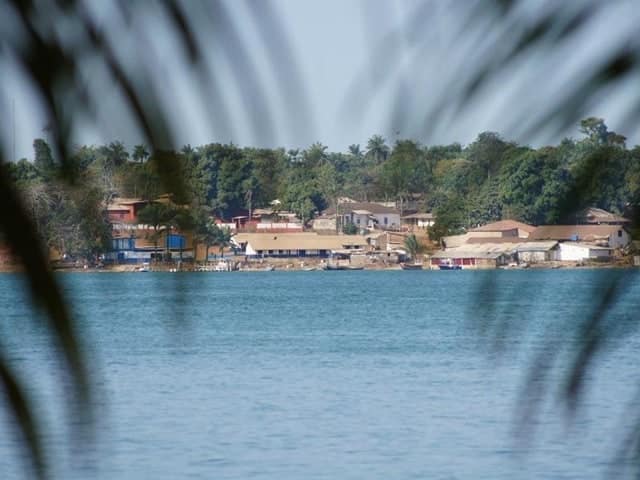
Bolama Island is the closest of the Bissagos to the mainland and Bissau’s capital, with a welcome NGO-run hotel and a smattering of beautiful (and dilapidated) colonial buildings.
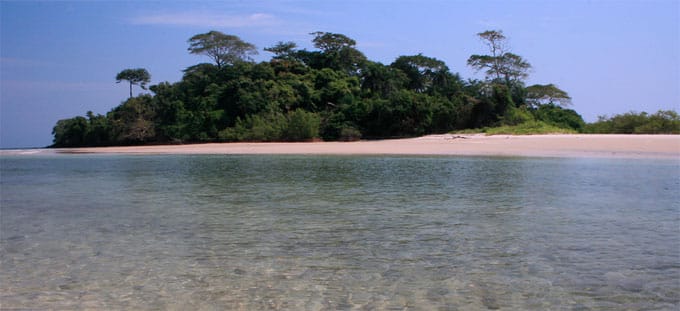
Bissau – the country’s political and financial center, is a place rich in history and culture. The famous Fortaleza (which also has a fantastic museum) is another must-see, while the nightlife comes alive after dark with the sounds of gumbe and West African kizomba.
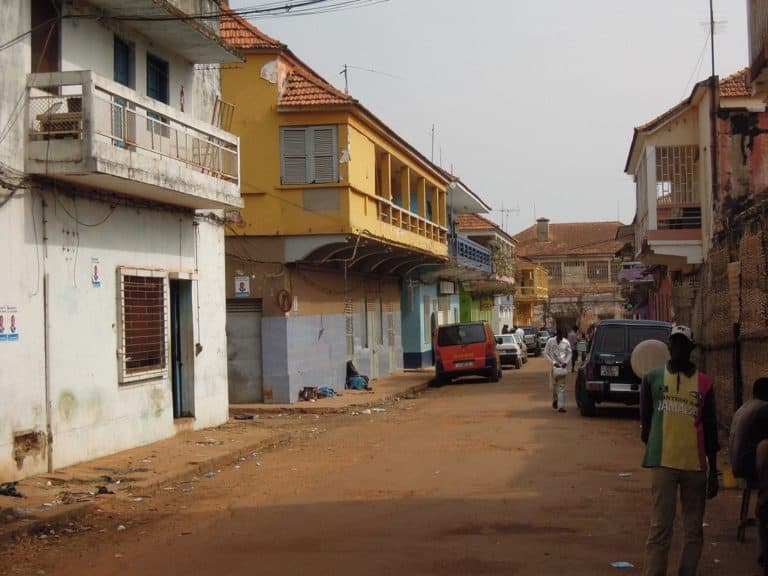
Bafatá – little Bafatá is a riverfront town with panache, and it is the reputed birthplace of famed independence revolutionary Abel Djassi.
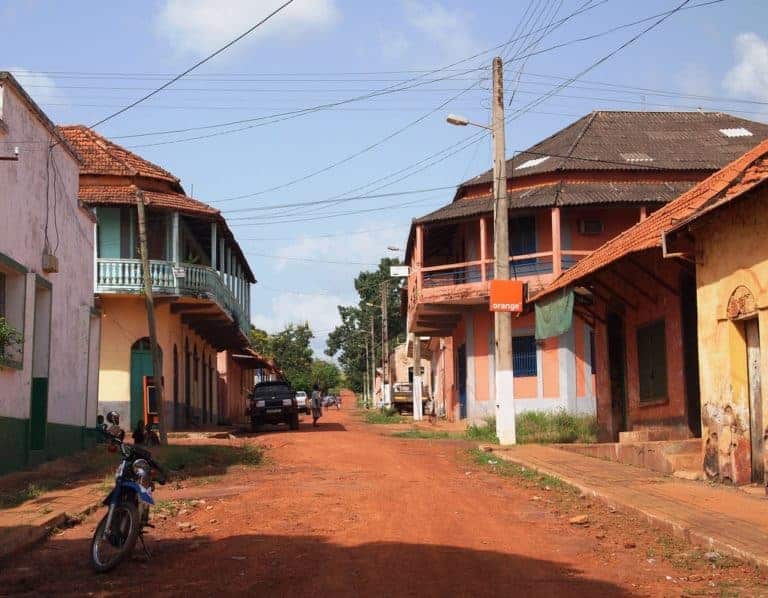
Varela – Following in the footsteps of the Senegalese Casamance region’s legendary attractive beachfronts – which is actually contiguous with Varela – this stretch of picturesque shoreline in the country’s furthest north is now a national park. And there’s more to see and do away from the beach: savannah grasslands and deep woodlands; Nile crocodiles and hippos; Djola tribal settlements, and so much more.
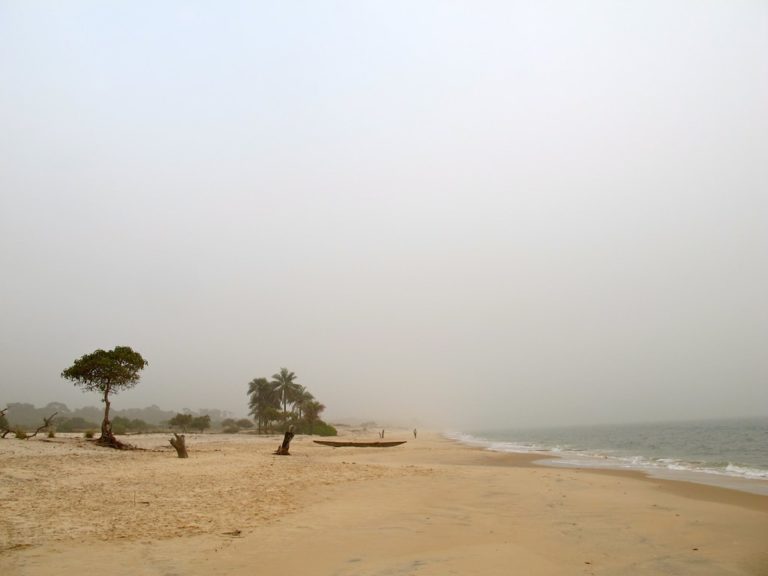
Saltinho – Saltinho is a short length of river that runs through the heart of pristine jungles near the village of Mampatá, some 30 kilometers from Bissau city, and offers a peek of the picturesque backcountry of Guinea-Bissau.
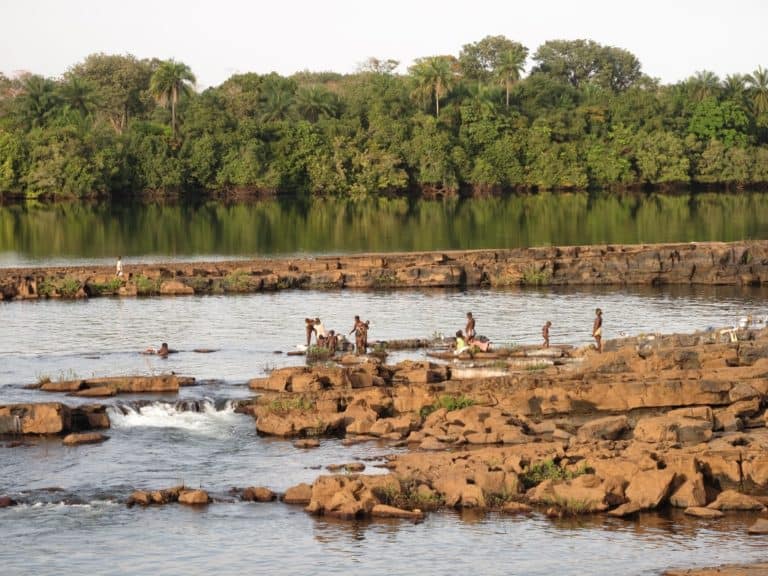
Rubane Island – There are clusters of small fishing hamlets to explore across the isle, with villagers’ boats constantly bobbing around the shore, as well as plenty of completely empty coves where the powdery yellow sands rise softly from the water.
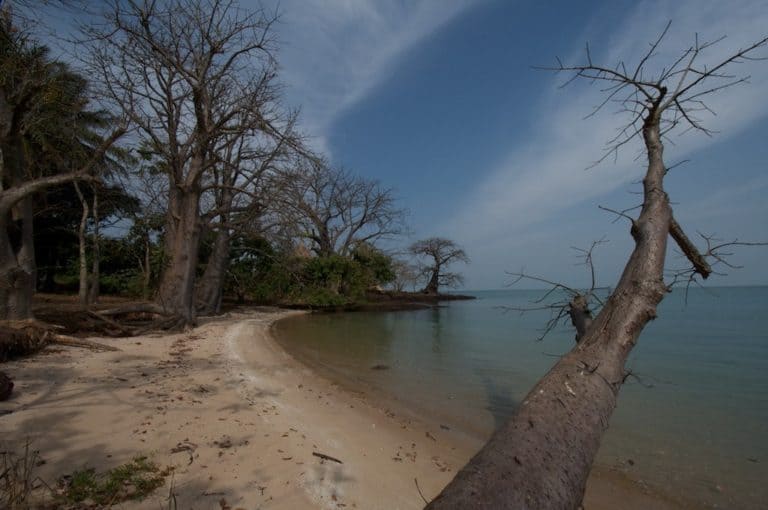
Florestas de Castanhez National Park – Some of the few remaining stretches of GB rainforest can be found in Florestas de Castanhez National Park. will be able to hike the rambling trails, visitors can as well witness groups of baboons and monkeys in the palm trees above, while the reserve also spills out onto the Atlantic, where African manatees and salt-water hippos are frequently photographed.

Orango Island – Hippos saunter around the brackish lagoons of Orango Grande, one of the Bissagos Islands’ unquestionable jewels and a separate national park in its own right.
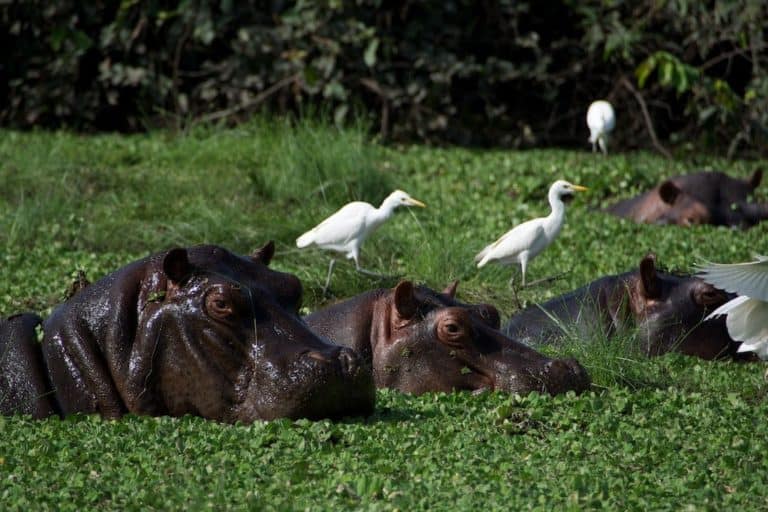
Lagoas Cufada Natural Park – one of Guinea-Bissau’s most biodiverse areas, home to hippos and massive waterbucks, galloping herds of African buffalo and laughing hyenas, snapping crocs, and stalking leopards.

João Vieira Island – Another blip amidst the much-vaunted archipelago of the Bissagos Islands is the pair of Joo Vieira and Poilo, where endangered Atlantic sea turtles scramble over shells and sandbanks to lay their eggs.
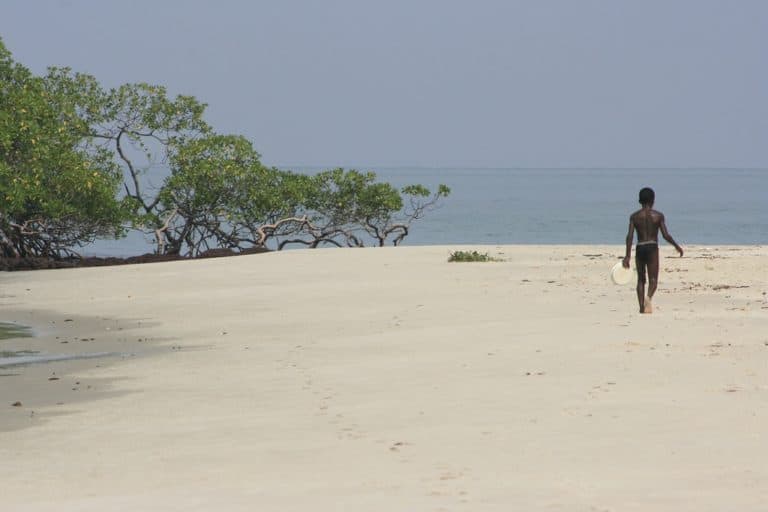
Gabú – Gabú is the regional kingpin of Guinea-Bissau, is the country’s second-largest urban area, located deep in the country’s heartlands.
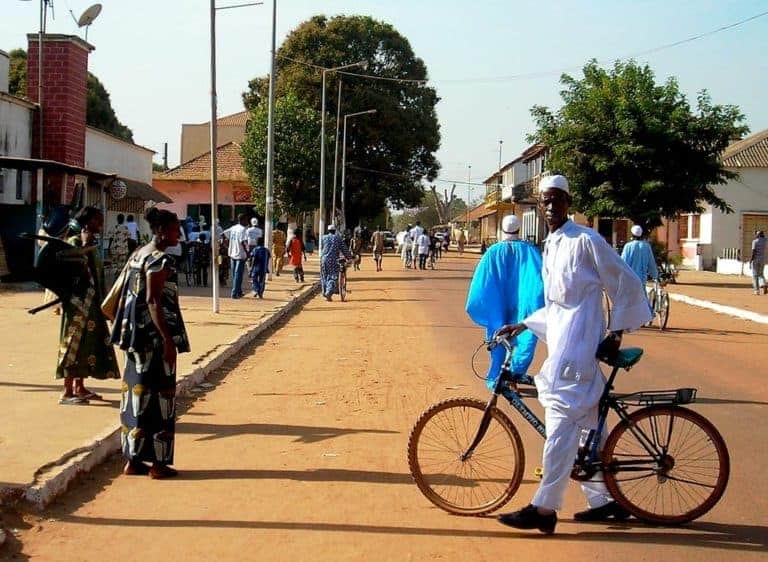
MUSIC IN GUINEA-BISSAU
Guinea-music Bissau’s is most known for the polyrhythmic genre of gumbe, which is the country’s main musical export. Other popular genres are tina and tinga. Gube is a term that is sometimes used to refer to all of the country’s music, although it refers to a specific style that combines around ten of the country’s folk music traditions. The Balanta play a kusunde, a gourd lute instrument similar to the Jola akonting but with the short drone string at the bottom instead of the top. The top string is of average length, whereas the longest middle string is stopped by the top string and sounds identical.
Some musicians in Guinea-Bissau include:
Kimi Djabate
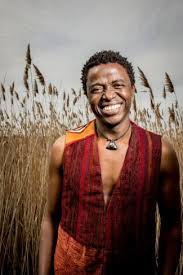
Eneida Marta
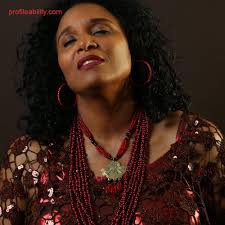
Some art work in Guinea-Bissau include:
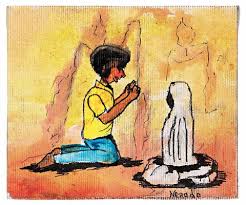

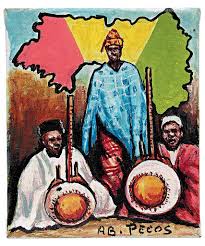
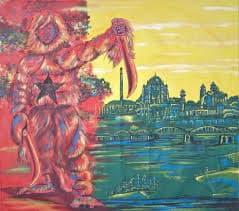
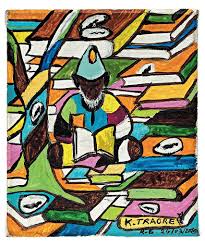
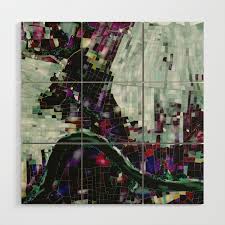
MEALS IN GUINEA-BISSAU
Cashew nuts – delicious and plentiful season nut, sometimes made into juice.
Grilled pawns – spiced and well-prepared prawn.
Avocados with tuna – a salad of avocado, tuna and tomatoes.
Fried cassava – deep-fried yucca or cassava makes a tasty treat.
Jollof rice – rice cooked with oil, tomato paste and onion, other vegetables and meat or fish are added.
Couscous – porridge meal made from millet.
Cashew nuts

Grilled pawns
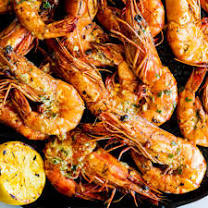
Avocados with tuna
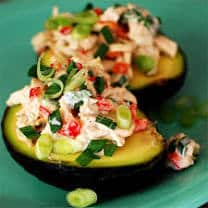
Fried cassava
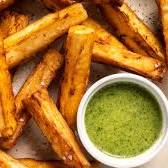
Jollof rice
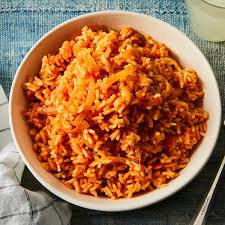
Couscous

Fufu – a fermented cassava meal, usually taken with soup.
Palm wine – a fermented alcohol drink.
Cana de cajeu – rum made from the fruit of the cashew.
Ravias – Portuguese inspired cinnamon cookies, often sold in bakeries.
Fish stew – Portuguese inspired dish of seafood in a salty broth.
Egusi soup – soup thickened with the ground seeds of squashes, other ingredients and green vegetables.
Fufu
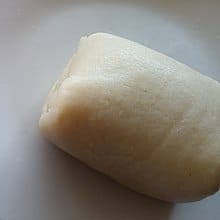
Palm wine
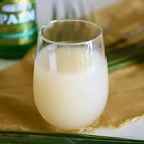
Cana de cajeu
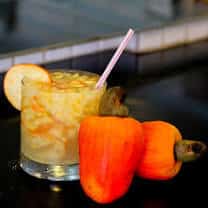
Ravias

Fish stew

Egusi soup

ENIVIRONMENTAL CONSERVATION AND HABITAT PROTECTION IN GUINEA-BISSAU
According to the United Nations Food and Agriculture Organization (FAO), Guinea-Bissau is wooded 71.9 percent of the time, or around 2,022,000 hectares. Guinea-Bissau had 1,000 hectares of woodland planted. Forest Cover Change: Between 1990 and 2010, Guinea-Bissau lost an average of 9,700 ha each year, or 0.44 percent. Guinea-Bissau lost 8.8% of its forest cover, or roughly 194,000 hectares, between 1990 and 2010.
In living forest biomass, Guinea-Bissau’s wood have 96 million metric tons of carbon. According to estimates from the World Conservation Monitoring Centre, Guinea-Bissau has 620 species of amphibians, birds, mammals, and reptiles. 0.8 percent are endemic, meaning they are found nowhere else on the planet, while 1.1 percent are endangered. At least 1000 vascular plant species exist in Guinea-Bissau, with 1.2 percent of them being indigenous. IUCN classifications I-V preserve 0.0 percent of Guinea-land Bissau’s area.


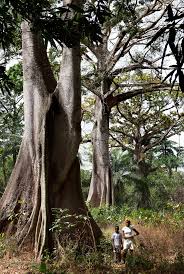
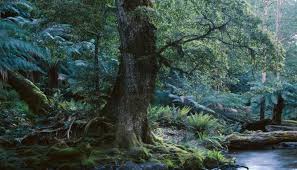
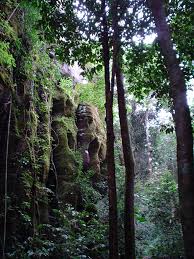
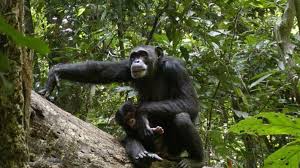
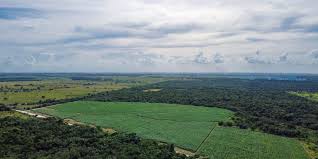
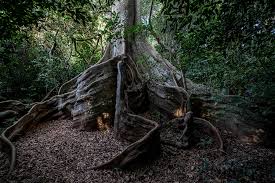
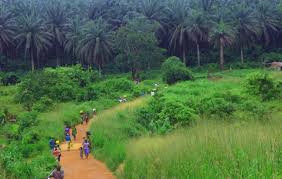
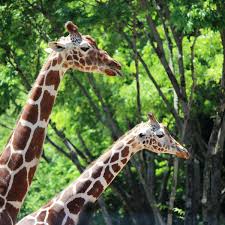
EFFECT OF CLIMATE CHANGE IN GUINEA-BISSAU
Floods are a common occurrence in Guinea-Bissau, particularly along the coast. Drought is a recurring natural calamity in Guinea-Bissau, which has recently endured several devastating droughts. The coast will continue to be impacted by heavier rainfall events in the future, as well as higher tides due to increasing sea levels. The coastal region of Guinea-Bissau is still being affected by sea level rise, which poses a major threat to 70 percent of the population who live along the coast. Increased ocean salinization has hampered rice production, exacerbated coastal erosion, and flooded coastal aquifers.
Increased temperatures and humidity will increase malaria transmission, flooding will encourage the spread of waterborne diseases, drought will increase the risk of meningitis, which can lead to infections and epidemics, and increased temperatures will worsen air pollution and increase the risk of acute respiratory illnesses. Heavy rains are common in the country, resulting in flooding that has serious consequences for infrastructure, agriculture, and public health.
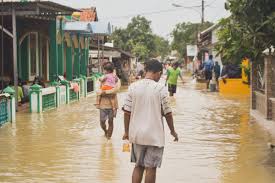
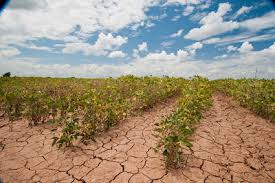
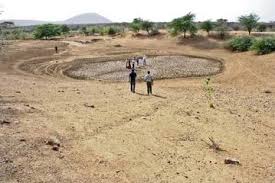
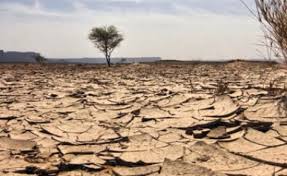
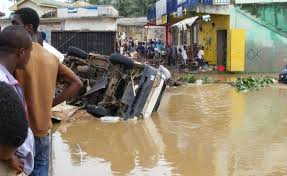
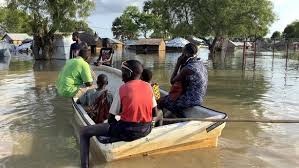

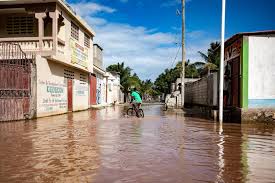
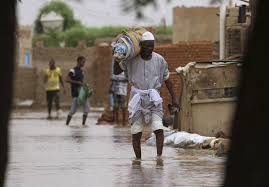
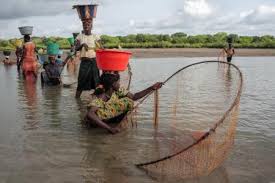
GENDER EQUALITY IN GUINEA-BISSAU
Some progress has been made in the area of women’s rights on a global scale. In Guinea-Bissau, 60 percent of reproductive-age women (15-49 years) had their family planning needs fulfilled using modern methods in 2019.
In Guinea-Bissau, however, more work needs to be done to attain gender equality. 25.7 percent of women aged 20–24 who were married or in a union before the age of 18 are still married or in a union.
Catarina Taborda – Bissau-Guinean politician and secretary of State for Tourism and Craft.
Maria Odete Semedo – a writer and educator from Guinea-Bissau.
Antonieta Rosa Gomes – Bissau-Guinean politician and leader of the Guinean Civic Forum-Social Democracy.
Filomena Masacarenhas – Guinea-Bissauian politician who served as Minister of Foreign Affairs.
Catarina Taborda
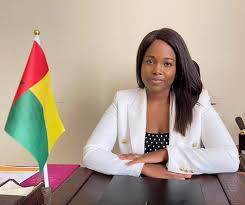
Maria Odete Semedo
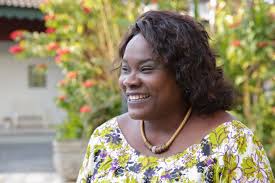
Antonieta Rosa Gomes
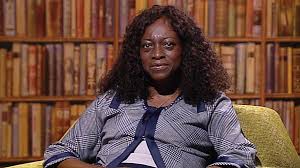
Filomena Masacarenhas

Suzi Barbosa – Bissau-Guinean politician and member of parliament and coordinator of Committee of Women Parliamentarians of Guinea-Bissau.
Ruth Monteiro – Bissau-Guinean lawyer who served as Minister of Justice and Human Right in Guinea-Bissau.
Henriqueta Godinho Gomes – former political leader in Guinea-Bissau, who served as the Minister of Social Affairs and Public Health and also Minister of Labour in Guinea-Bissau.
Maria da Conceicao Nobre Cabral –Guinea-Bissauan politician who served as Minister of Foreign Affairs in Guinea-Bissau.
Suzi Barbosa
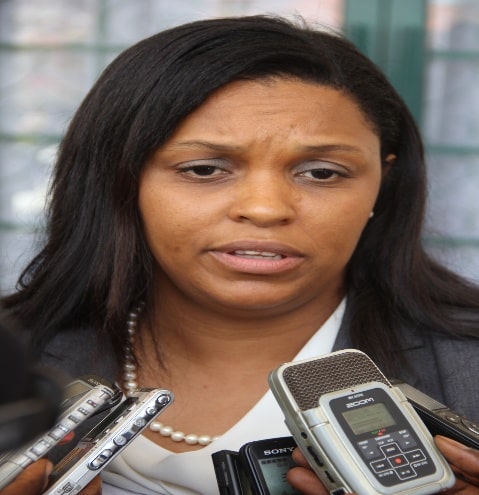
Ruth Monteiro
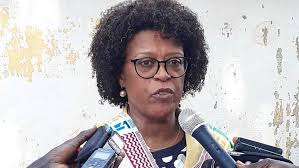
Henriqueta Godinho Gomes
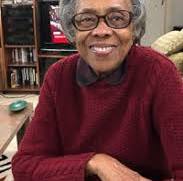
Maria da Conceicao Nobre Cabral
